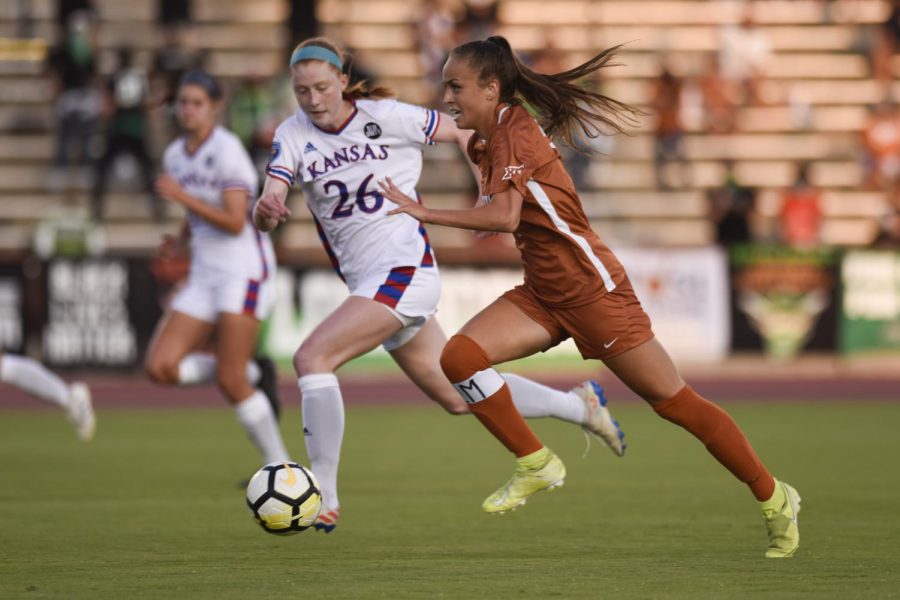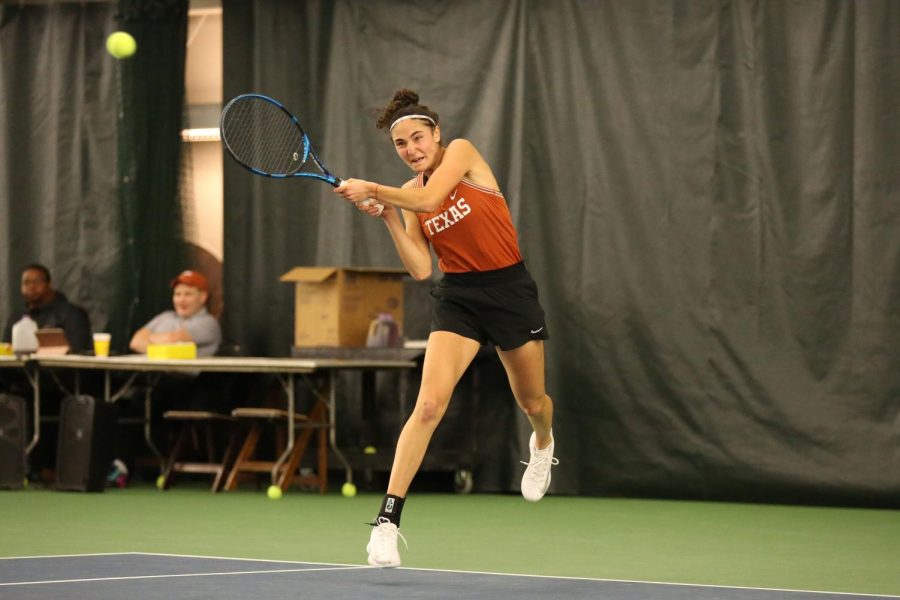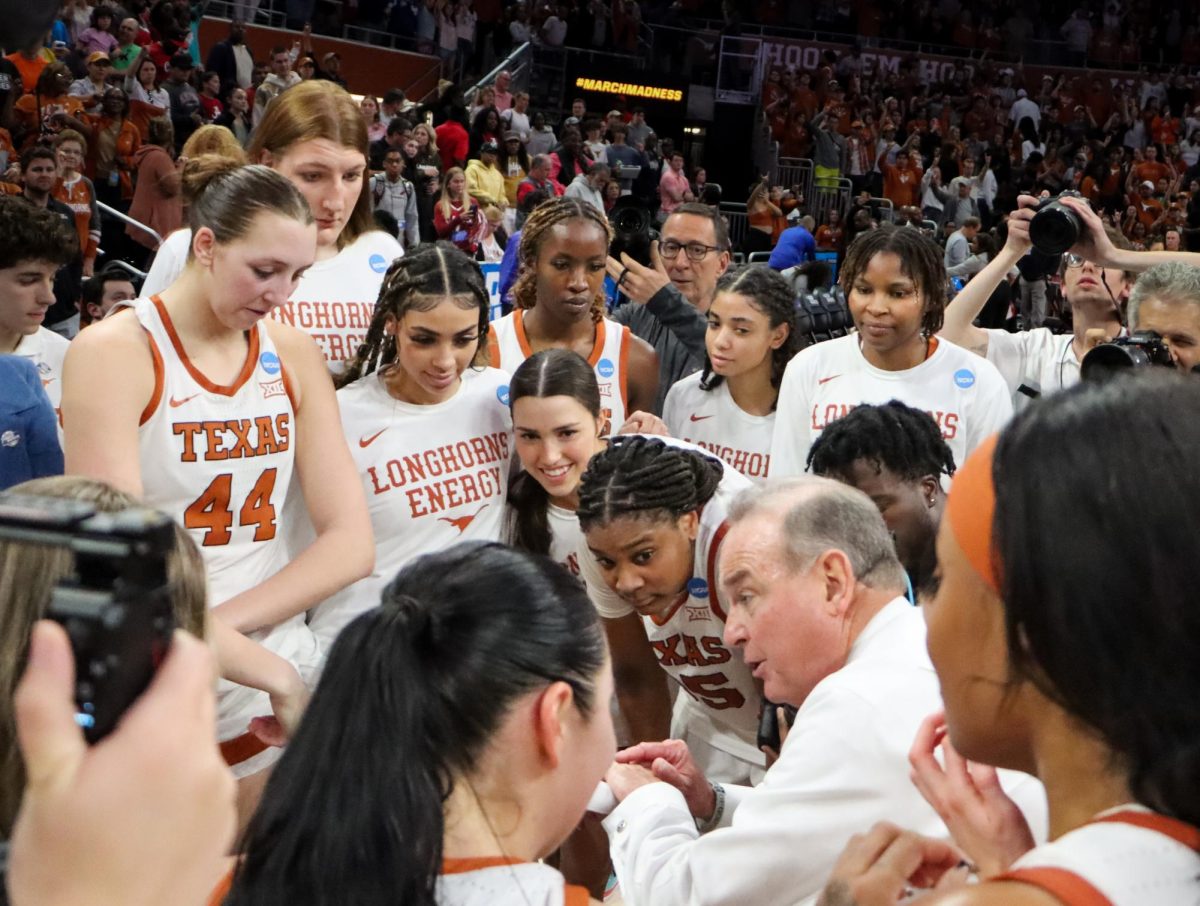Consistency is no longer as important as winning.
On Thursday NASCAR updated its format to the Chase for the Sprint Cup. Three key changes highlight the new system.
In an attempt to reward winning in the first 26 races of the season, NASCAR decided that any driver who wins during the regular season will gain entrance to the Chase. That means that a driver who competes in only one race and wins that race can make the postseason. Also, a driver could potentially miss the playoffs if they are fifth in points but without a win.
The Chase field expanded from 12 drivers to 16. With a plethora of drivers capable of winning races the playoff limit needed to increase. Last season 13 drivers won at least once in the first 26 races. Under this new format Brian Vickers, who was 71st in the standings with one win in 12 races, would have made the Chase.
The Chase itself has been broken down into four rounds: Challenger (races No. 27-29), Contender (No. 30-32), Eliminator (No. 33-35), and NASCAR Sprint Cup Championship (race No. 36). Each of the first three segments will eliminate four drivers. The final race of the season at Homestead will decide the champion. And it is simple. The first of the four remaining drivers in the Chase to cross the finish line wins the championship.
A win in one round guarantees a driver a spot in the next.
The changes were made to provide a more exciting brand of racing for fans to see and a simpler standings format.
"We now have a system that makes every race matter more,” NASCAR CEO Brian France said, “it will promote compelling competition for wins all season long, and ultimately it will reward a very worthy champion at the end of each season with a best-of-the-best, winner-take-all showdown.”
One problem with the changes is that there is still a possibility of cars not part of the Chase having an influence in the standings. It would have been ideal to award the highest finishing Chase driver 16 points, on down to the last Chase finisher with one. That keeps the standings even closer and still puts an emphasis on outracing the competition.
The new format overall looks like it should make drivers and teams worry more about winning and finishing ahead of the competition, especially during the regular season, instead of just points racing (staying out of trouble while finishing near the front).
Decisions on pit road will be more interesting within the closing laps. Under a late-flag caution some underfunded single-car team may forego pitting and put itself at the front and in position to win, thus guaranteeing a Chase spot.
In 2011, 15 drivers won in the first 26 races, the most in the last four seasons.
With a premium on winning, keep an eye on that number as the 2014 season unfolds.



















